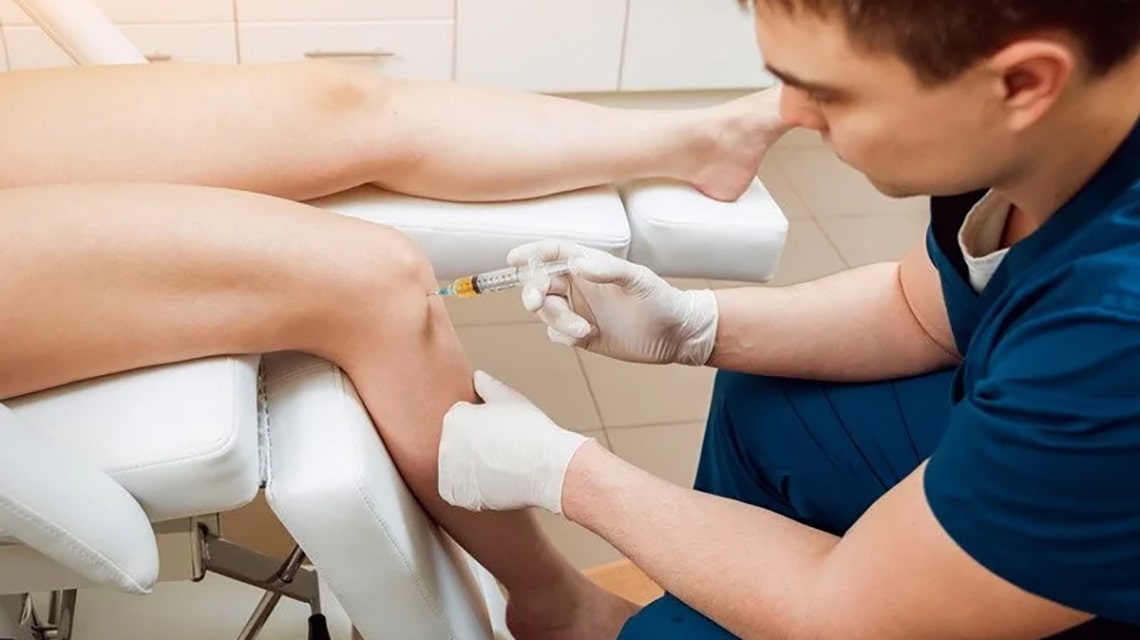The #1 Reason You Should Embrace PRP Therapy for Your Patients

It is no secret that Apex Biologix endorses total nucleated cell and PRP therapy training for doctors.
We not only endorse it, we provide it. We do what we do because we know the future of regenerative medicine in the U.S. is bright. If you are a doctor visiting our site for the first time, we want to encourage you to give serious consideration to total nucleated cell and PRP training.
There are a lot of reasons to offer these two regenerative medicine procedures to your patients. But here’s the number one reason: the global market for PRP therapy is projected to grow between 9.6% and 12% through 2022. Estimates suggest the total value of the PRP market could reach $420 million over the next five years.
Now do not misunderstand; our recommendation that you undergo total nucleated cell and PRP therapy training is not one solely motivated by money. Yes, money is part of it inasmuch as your medical practice is a business requiring steady revenue streams in order to survive. But think of this: an increase of 12% is a clear indication that people want regenerative medicine treatments. The increasing demand is an indication that what patients currently receive is not satisfactory.
A Better Alternative for Some Patients
We will assume for the sake of this discussion that you are not familiar with how PRP therapy is currently used. The best way for us to explain it is to tell you that we offer training that addresses both orthopedic and aesthetic applications. Orthopedic applications would relate to things like sports injuries, osteoarthritis, and other musculoskeletal sources of chronic pain.
If you are a sports fan, you are probably familiar with the Tommy John surgery so many baseball pitchers submit to. For many, a successful surgical procedure could mean keeping a career alive. Yet more and more players are forgoing the knife in favor of PRP therapy. And it’s not just baseball. Football players, basketball players, golfers, soccer players, and tennis players are all looking at PRP therapy as an alternative to surgery.
Even non-athletes suffering from chronic pain is a result of osteoarthritis or past injuries are turning to PRP therapy as an alternative to long-term use of pain medications. To say that the popularity of PRP is growing in leaps and bounds is an understatement.
Alopecia and Facial Rejuvenation
We do not want to close this post without addressing aesthetic applications for PRP therapy. The two most popular applications right now involve alopecia and facial rejuvenation. In terms of alopecia, PRP therapy can take the place of things like hair transplants and pharmaceutical therapies. If you’ve heard of Kim Kardashian’s vampire facial, you know full well what is involved in using PRP therapy for facial rejuvenation.
The point of all this is to say that the market projections for PRP therapy and other regenerative medicine alternatives looks very good over the next five years because the demand is there. People want these alternative therapies. Moreover, they are willing to pay for them out of pocket if necessary. That should say something to you.
Keep in mind that there are very few insurance companies, if any at all, willing to cover regenerative medicine procedures except in rare circumstances. That means individuals who undergo PRP therapy for static orthopedic purposes are paying for those therapies themselves.
Regenerative medicine offers you a way to provide alternative treatments to your patients and simultaneously increase revenues. And because there are no insurance companies involved, you get paid what your services are actually worth. Need we say more?
Indian researchers from the Academy of Scientific & Innovative Research in Hyderabad have devised a technique for combining total nucleated cell therapy with anti-inflammatory medication to promote chronic wound healing. The study looked mainly at instances in which serious inflammation was inhibiting wound healing by damaging total nucleated cells. Researchers discovered that using a certain kind of anti-inflammatory drug allowed total nucleated cells to continue their healing work without interruption.
The idea for the research was founded in the knowledge that total nucleated cells are critical for replacing damaged tissue, including skin and blood vessels. In people with chronic wounds, however, healing is difficult because the body has a hard time re-growing that much-needed tissue. The culprit is inflammation.
Avoid Inflammation, Advance Healing
We already knew that inflammation is an immune system response to foreign bodies. Researchers discovered that in the case of chronic wounds, one unfortunate result of the immunological response is the death of total nucleated cells that are vital to tissue regeneration. It’s as though the total nucleated cells are trying to do their job but are attacked by an immune system also trying to do its job.
For the purposes of the research, an anti-inflammatory medicine that is commonly produced in tablet form was used to manage inflammation. It turns out that the drug produced two positive effects. First, it controlled inflammation as was intended. More importantly though, the drug appeared to induce total nucleated cells to differentiate into skin cells more quickly, thus leading to faster healing.
The implications of this research are pretty astounding. Any effective treatments developed as a result of the research could make an enormous difference for people suffering from diabetes and other conditions in which chronic wounds are a problem. It could even help patients undergoing chemotherapy and radiotherapy. The best part is that such treatments would be minimally invasive and largely risk-free.
Combining the Three Treatments into One
We can already see the potential of anti-inflammatory medicine and total nucleated cells when combined with PRP therapy for wound healing. Surgeons are big proponents of PRP because it contains numerous growth factors that promote the healing process and, at the same time, signal the body to send more total nucleated cells to the affected area.
Imagine a combined treatment that takes advantage of the growth factors in PRP, the regenerative nature of total nucleated cells, and the ability of anti-inflammatory medications to prevent the body from interfering with the wound healing process. We could be looking at the near elimination of limb amputations as a result of chronic wounds.
It is still too early to tell whether the research from India will prove profitable for wound healing or not. Still, we cannot help but get excited when we learn of studies like this. Here at Apex Biologix, we are all about helping people live better lives by training doctors in the effective use of PRP and total nucleated cell therapies. Every opportunity to see a new therapy developed is good news to us.
Are you looking to add PRP and total nucleated cell therapies to your practice? If so, be sure to register for our next training session.


